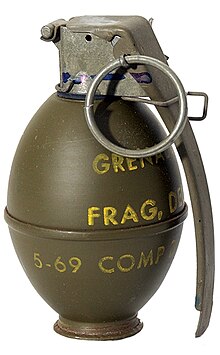
The United States Disciplinary Barracks (USDB), colloquially known as Leavenworth, is a military correctional facility located on Fort Leavenworth, a United States Army post in Kansas. It is one of two major prisons built on Fort Leavenworth property, the other is the military Midwest Joint Regional Correctional Facility, which opened on 5 October 2010. It reports to the United States Army Corrections Command and its commandant usually holds the rank of colonel.

The Milltown Cemetery attack took place on 16 March 1988 at Milltown Cemetery in Belfast, Northern Ireland. During the large funeral of three Provisional IRA members killed in Gibraltar, an Ulster Defence Association (UDA) member, Michael Stone, attacked the mourners with hand grenades and pistols. He had learned there would be no police or armed IRA members at the cemetery. As Stone then ran towards the nearby motorway, a large crowd chased him and he continued shooting and throwing grenades. Some of the crowd caught Stone and beat him, but he was rescued by the police and arrested. Three people were killed and more than 60 wounded. The "unprecedented, one-man attack" was filmed by television news crews and caused shock around the world.

Joe Ronnie Hooper was an American who served in both the United States Navy and United States Army where he finished his career there as a captain. He earned the Medal of Honor while serving as an army staff sergeant on February 21, 1968, during the Vietnam War. He was one of the most decorated U.S. soldiers of the war and was wounded in action eight times.
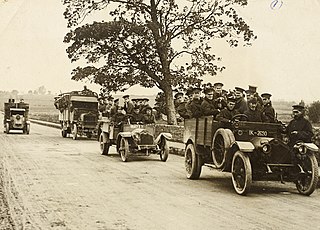
This is a timeline of the Irish War of Independence of 1919–21. The Irish War of Independence was a guerrilla conflict and most of the fighting was conducted on a small scale by the standards of conventional warfare.
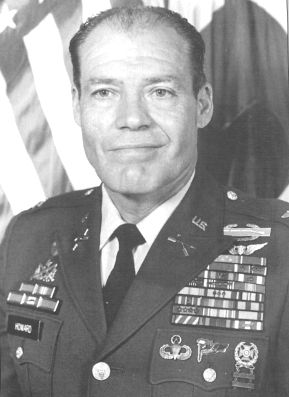
Robert Lewis Howard was the most highly decorated officer of Vietnam United States Army Special Forces and Medal of Honor recipient of the Vietnam War. He was wounded 14 times over 54 months of combat, was awarded the Medal of Honor, eight Purple Hearts, a Distinguished Service Cross, a Silver Star, and four Bronze Stars.
The following lists events that happened during 2004 in Afghanistan.

Ronald Eric Ray is a former United States Army officer and a recipient of the United States military's highest decoration, the Medal of Honor, for his actions in the Vietnam War.
The Friendly fire incident at Sangin was a military incident that took place on March 29, 2006. Afghan insurgents mounted an assault on a forward operating base in Helmand province near the town of Lashkar Gah, which had been opened only six weeks earlier and was staffed by 100 ANA soldiers and their American trainers, using small arms fire, rocket-propelled grenades, and mortars.

The deaths of Phillip Esposito and Louis Allen occurred on June 7, 2005, at Forward Operating Base Danger in Tikrit, Iraq. Captain Phillip Esposito and First Lieutenant Louis Allen, from a New York Army National Guard unit of the United States 42nd Infantry Division, were mortally wounded in Esposito's office by a Claymore mine and died.

Michael Chase Behenna is a former United States Army First Lieutenant who was convicted of the 2008 murder of Ali Mansur Mohamed during the occupation of Iraq. Behenna is colloquially associated with a group of U.S. military personnel convicted of war crimes known as the Leavenworth 10. He was sentenced to 25 years imprisonment, which was later reduced to 15 years, and served his sentence in the United States Disciplinary Barracks on Fort Leavenworth, a United States Army post in Kansas. He was granted parole on March 14, 2014, after serving less than five years of his sentence. Since his release from prison he has worked as a farmhand. On May 6, 2019, Behenna received a pardon from President Donald Trump.

The Maywand District murders were the thrill killings of at least three Afghan civilians perpetrated by a group of U.S. Army soldiers from January to May 2010, during the War in Afghanistan. The soldiers, who referred to themselves as the "Kill Team", were members of the 3rd Platoon, Bravo Company, 2nd Battalion, 1st Infantry Regiment, and 5th Brigade, 2nd Infantry Division. They were based at FOB Ramrod in Maiwand, in Kandahar Province of Afghanistan.
The Korangal Valley campaign was a series of military operations conducted by ISAF forces against Taliban and other local insurgents in the Korangal Valley in Kunar province, Afghanistan, from October 2004 to April 2010. The campaign ended with a US withdrawal from the valley, after suffering heavy casualties, and a Taliban takeover of the area.
United States v. Hasan K. Akbar was the court-martial of a United States Army soldier for a premeditated attack in the early morning hours of March 23, 2003, at Camp Pennsylvania, Kuwait, during the start of the United States invasion of Iraq.

A video of U.S. Marines urinating on Taliban fighters was posted to websites in January 2012. The video was widely viewed on YouTube, TMZ and other sites, and caused anger and outrage in Afghanistan and the Middle East.
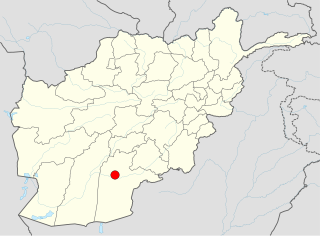
The Kandahar massacre, also called the Panjwai massacre, was a mass murder that occurred in the early hours of 11 March 2012, when United States Army Staff Sergeant Robert Bales murdered 16 Afghan civilians and wounded six others in the Panjwayi District of Kandahar Province, Afghanistan. Nine of his victims were children, and 11 of the dead were from the same family. Some of the corpses were partially burned. Bales was taken into custody later that morning when he told authorities, "I did it".

Robert Bales is an American mass murderer and former Army sniper who fatally shot or stabbed 16 Afghan civilians in a mass murder in Panjwayi District, Kandahar Province, Afghanistan, on March 11, 2012 – an event known as the Kandahar massacre.
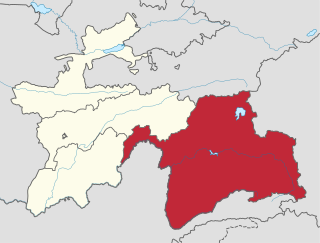
The insurgency in the Gorno-Badakhshan region in Tajikistan from 2010 to 2015 was an armed conflict between the Tajik Army and Islamist militants, led by numerous leaders from the Tajikistani Civil War. The conflict evolved in 2010 and climaxed in 2012, with the defeat of main rebel forces. Other incidents took place in September 2015, when former deputy defense minister Abduhalim Nazarzoda led an armed uprising, suspected of ties to the Islamic Renaissance Party.
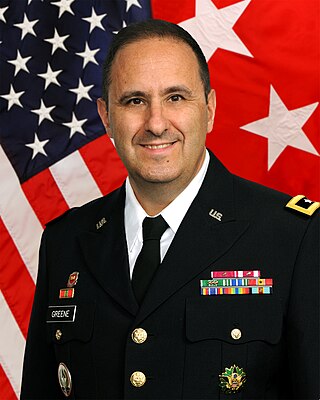
Harold Joseph "Harry" Greene was a United States Army general who was killed during the War in Afghanistan. During his time with the United States Army, he held various commands associated with engineering and logistical support for United States and coalition troops. At the time of his death, he was deputy commanding general of Combined Security Transition Command – Afghanistan.
The following lists events that happened in 2013 in Afghanistan.
The King Faisal Airbase shooting was a fragging incident that occurred on 4 November 2016 at King Faisal Air Base, a Jordanian air force installation near Al-Jafr, when three U.S. Army Special Forces trainers from 5th SFG who were stationed at the base were deliberately killed by a Jordanian soldier who was guarding the base's entrance. The American soldiers had been returning from a training exercise in a convoy when they were fired upon by First Sergeant Marik al-Tuwayha at a vehicle checkpoint resulting in a shootout.
